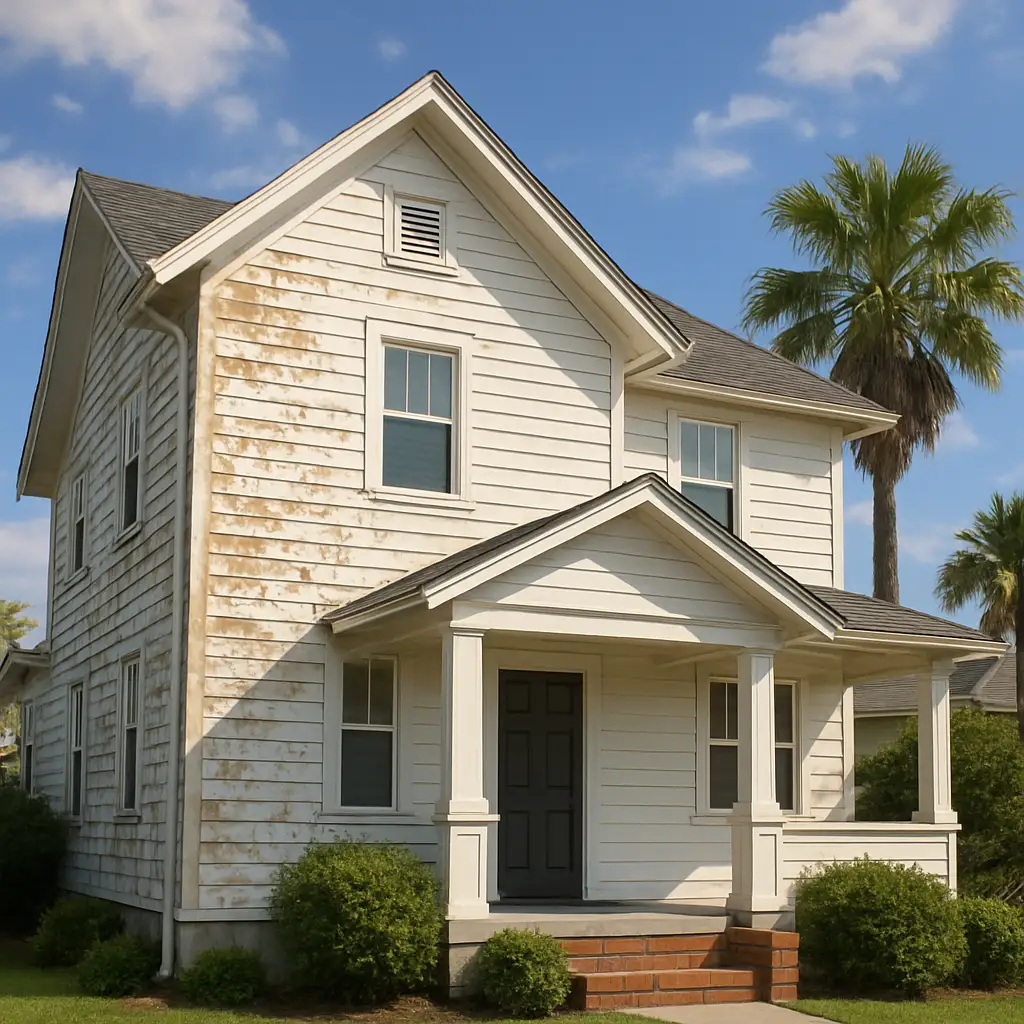Painting your house feels exciting. Fresh paint can turn any tired room or weathered siding into something you’re proud of. But for many homeowners, house painting comes with lots of worries. Will the color look right? How long will it last? Is it better to do it yourself or call a house painter? Making the right choices and knowing what to expect keeps these concerns in check. Good prep and advice go a long way, whether you’re picking up a paintbrush for your living room or hiring a pro for your home’s exterior.
How Long House Paint Lasts and When to Repaint
One of the most common painting questions is: How long does the job last? Both interior and exterior painting have a shelf life. Some finishes go strong for years, while others start to fade or peel faster due to weather, sunlight, or frequent touch. Knowing what affects paint lifespan helps you budget your time and money for maintenance.
A lot depends on factors like your local weather, the surface being painted, and, of course, the paint quality. Before booking your next job or buying that gallon on sale, check the Factors to Consider for Exterior House Painting for a closer look at what matters.
How Long Does Paint Last on the Exterior?
Exterior paint battles the weather every day. On average, a freshly painted house exterior can look good for 5 to 10 years before it needs another coat. But the real answer depends on what Mother Nature throws your way. Think of your home’s siding as a raincoat—it faces sun, rain, wind, salt (if you’re near the coast), and humid summers. In hot, sunny climates, darker colors may fade faster. Frequent storms or salty air can shorten the paint’s life.
Wood siding and trim need repainting more often, every 3 to 7 years—while stucco, brick, or newer fiber-cement can last longer. If you maintain your exterior and choose higher-quality products, you can stretch the time between painting jobs.
How Often to Repaint Inside Your Home
Your home’s interior is a different story. Most rooms hold up with a fresh coat for 5 to 7 years, but high-traffic spots wear quicker. Kitchens and bathrooms may need repainting every 3 to 4 years, especially if you cook a lot or have steamy showers. Living areas and bedrooms—where fingermarks and scuffs add up—might benefit from a paint refresh every 5 years.
For the best results, trusted Interior Painting Services can recommend the right finish and prep so your walls look great for longer. Choosing washable paints or eggshell finishes in busy spaces often gives you a little more time between re-dos.
Common House Painting Problems and Solutions
Paint doesn’t just fade away. It often warns you first. Peeling, cracking, and fading change the look of your walls or siding, but they also say it’s time for action. Ignoring these signs can let moisture in or make touch-ups harder later.
If you notice issues, some you can fix yourself, while bigger repairs are worth calling in help. A well-reviewed Professional house painting services team can fix stubborn problems or handle jobs that need special know-how, especially for Professional Exterior Painting Services.
Peeling, Cracking, and Fading: When Is It Time to Paint?
Look for these warning signs:
- Peeling paint: Looks like flakes or chips on trim and siding.
- Cracks or blisters: Small lines or bubbles in paint signal trapped moisture.
- Fading: Colors lose their pop—often worst on sunny sides of your home.
- Stains: Smoke, cooking oils, or water leaks can leave yellow or brown marks.
- Mildew: Black or green patches in damp areas, both inside and out.
Climate speeds up these problems. Hot sun breaks paint bonds. Moisture sneaks into cracks, lifting paint off in sheets. Regularly check trim, window sills, and shaded sides of your home for early signs.
Repairing Peeling and Damaged Paint
When spots are small, a homeowner with patience can usually:
- Gently scrape off loose paint.
- Sand the area until smooth.
- Fill holes or cracks with spackle or filler.
- Prime the spot to seal the repair.
- Apply fresh paint, feathering edges into existing color.
If damage covers more than 20% of a wall or siding, or older paint peels in sheets, bring in a house painter. Pros have the tools to deal with deep repairs, tricky trim, or surfaces that need special prep so new paint sticks and lasts.
Care Tips After Painting: Keeping Walls Looking Great
Painted walls and siding need care to keep that “just done” look. After your painting project:
- Dust and clean gently. Use a soft sponge or cloth and mild soap, especially indoors.
- Check for dampness. Fix leaks around windows, pipes, or roofs right away.
- Do quick touch-ups. Keep leftover paint for patching up nicks or scrapes.
- Watch for signs of peeling or stains. Early fixes prevent bigger problems later.
- Trim back plants. Give exterior walls air and sunshine so they dry after rain.
Regular cleaning, quick touch-ups, and a bit of attention can double the life of your paint job. For larger maintenance needs or tricky updates, Interior and Exterior Painting Services simplify the job and help your home looking sharp.
Conclusion
Painting your home is more than picking a nice color. It’s about keeping your investment protected and looking great. From knowing how long your paint job should last to spotting peeling, fading, or cracks, good information helps you avoid costly mistakes. Whether you want to try a new shade in your kitchen or need your whole exterior redone, the right tips and a trusted house painter make all the difference. With these pointers, you can tackle any painting worry head-on and enjoy a home that always looks its best.

